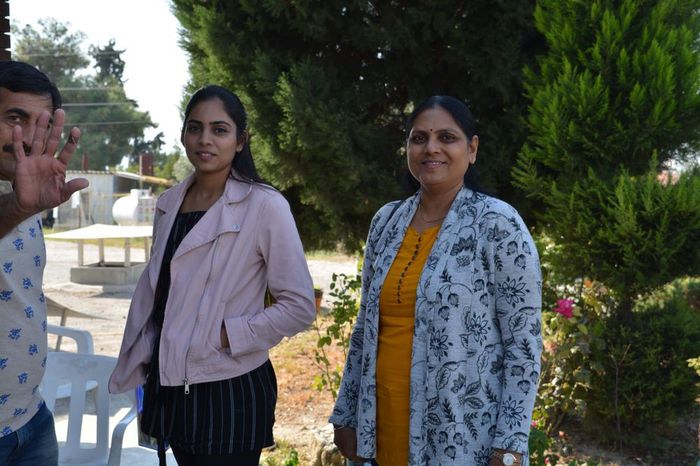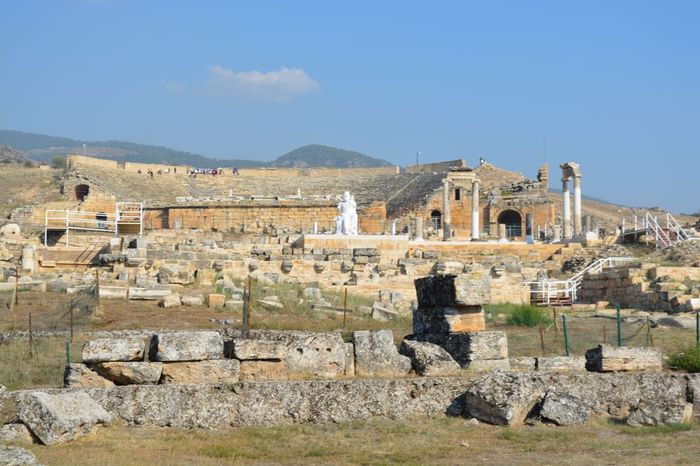In addition to the 12-year animal cycle other calendars are also used in the region of Middle Volga. There is evidence that in the capital, Bolgar, the “calendar of the Persians” was used. That was probably the so-called era of Yezdegerd. After 1079, it was reformed with the help of the Persian mathematician and astronomer, Omar Hayam. Circumstantial evidence of the use of the Iranian calendar in Volga Bulgaria is the fact that the peoples of Middle Volga used to call the first day of the year “nau- ruz” (“new day” in Persian or Farsi).
Several types of calendars existed in Volga Bulgaria: the Bulgarian 12-year cyclical calendar used at the level of the people, the Muslim lunar Hegira used for marking religious events, official documents and office matters, the Muslim zodiacal “Sun Hegira” and the Iranian Sun calendar. The Bulgarians also knew other calendars, e.g. the Julian calendar used by j the Christians in the Near and Middle Asia.
The political upheavals at the end of the I 14th century, which led to the destruction of the medieval Bulgarian statehood on the Danube, left permanent traces in the outlook and beliefs of the Bulgarian population of time as a calendar dating. As early as the 15th century, the Bulgarians were forced to adopt the calendar of the occupiers because the Muslim lunar calendar, although inferior, was compulsory in the state institutions in the Ottoman Empire at all levels of administration. The practical implications of the Muslim calendar for the subjugated Christian population can be seen in many spheres of the social-economic and cultural-political life. In particular, its role is detectable in the functioning of the judicial and tax administrations.
Ottoman Turks
In the period of Ottoman rule, important changes occurred in the understanding of time as a historical category. Before the arrival of the Ottoman Turks, the starting points of the history of mankind were two for the Bulgarians: the creation of the world and the birth of Christ. The imposition of Islam as an official state religion introduced a new element in the Bulgarian coordinate system of time: the fall of the Kingdom of Tamovo and the Kingdom of Vidin. “The invasion of the nonbelievers”, “agaryan pests”, “desolation and grief caused by the nonbelieving Ismailtes”, “long years after the fall of the Bulgarian Kingdom” — the various expressions for the crushing of medieval Bulgaria left a distinguishable trace in the historical memory of many generations of Bulgarians.
The memory about the Bulgarian rulers turned gradually into a dividing line of “Bulgarian time”, producing two big historical parts: “before” and “after” the Turkish invasion. Later, in the period of Early Revival, that dividing line I was skilfully included into the base of the I newly emerging national ideology by Father I Paisiy Hilendarski and Soffoniy Vrachanski. I In the 19th century, it became the rallying I call for consolidation and mobilisation of Inational energy in the great all-Bulgarian I movements for modem education, regaining I of church independence and denunciation of I the foreign political domination.
Read More about Pharaoh`s linen








